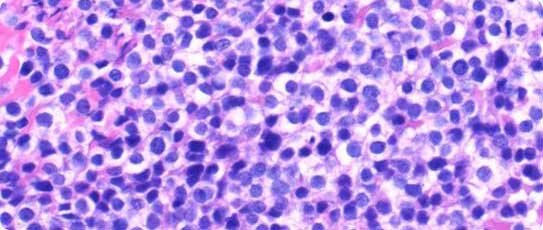
Royal National Orthopaedic Hospital NHS Trust
University College London Hospitals NHS Foundation Trust



what is sarcoma?
>
bone sarcoma
Bone sarcomas are primary bone cancers and are very rare, accounting for 0.2% of all malignant tumours. They are commonest in children, teenagers and young adults, accounting for 4% of all malignancy in children up to 14 years, although much less commonly they can occur in older age groups. The cause of bone sarcomas is not known, although they may be associated with underlying bone diseases, previous radiotherapy, and very rarely may be hereditary. The commonest types of bone sarcomas are osteosarcoma, Ewing's sarcoma, chondrosarcoma and spindle cell sarcoma. They can arise in any bone in the body, although are most common in the limbs and pelvis. Initial symptoms usually include pain, tenderness and swelling of the affected bone, or an unexpected fracture.
Bone sarcomas are particularly aggressive tumours that are usually treated with a combination of surgery and long courses of chemotherapy. Modern surgery aims to remove the primary tumour, while at the same time preserving the limb function (or other body part) wherever possible. This is usually done by replacing the bone with a metal prosthesis. Radiotherapy is sometimes used after surgery, or instead of surgery if an operation is not possible.
Secondary bone cancers are much commoner than primary bone cancers. These are cancers that have spread from primary cancers arising in other parts of the body. The most common primary cancers to spread into bone are breast, prostate, kidney, lung and thyroid cancer. People with secondary bone cancer will often have multiple secondary tumours (metastases) in different bones.

